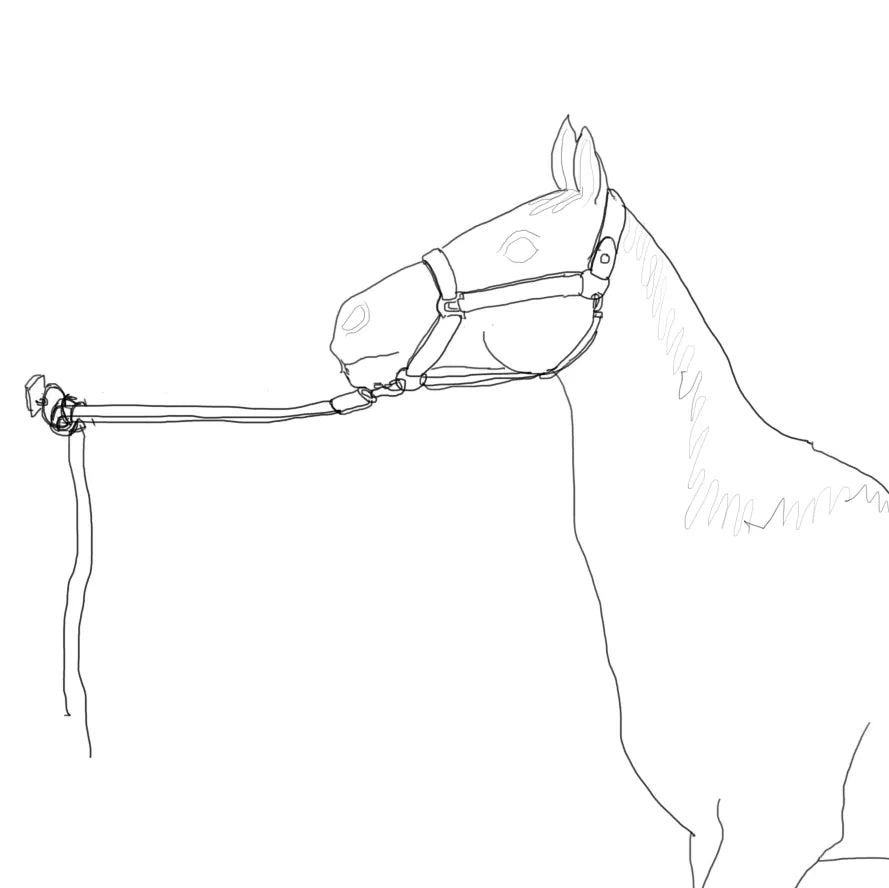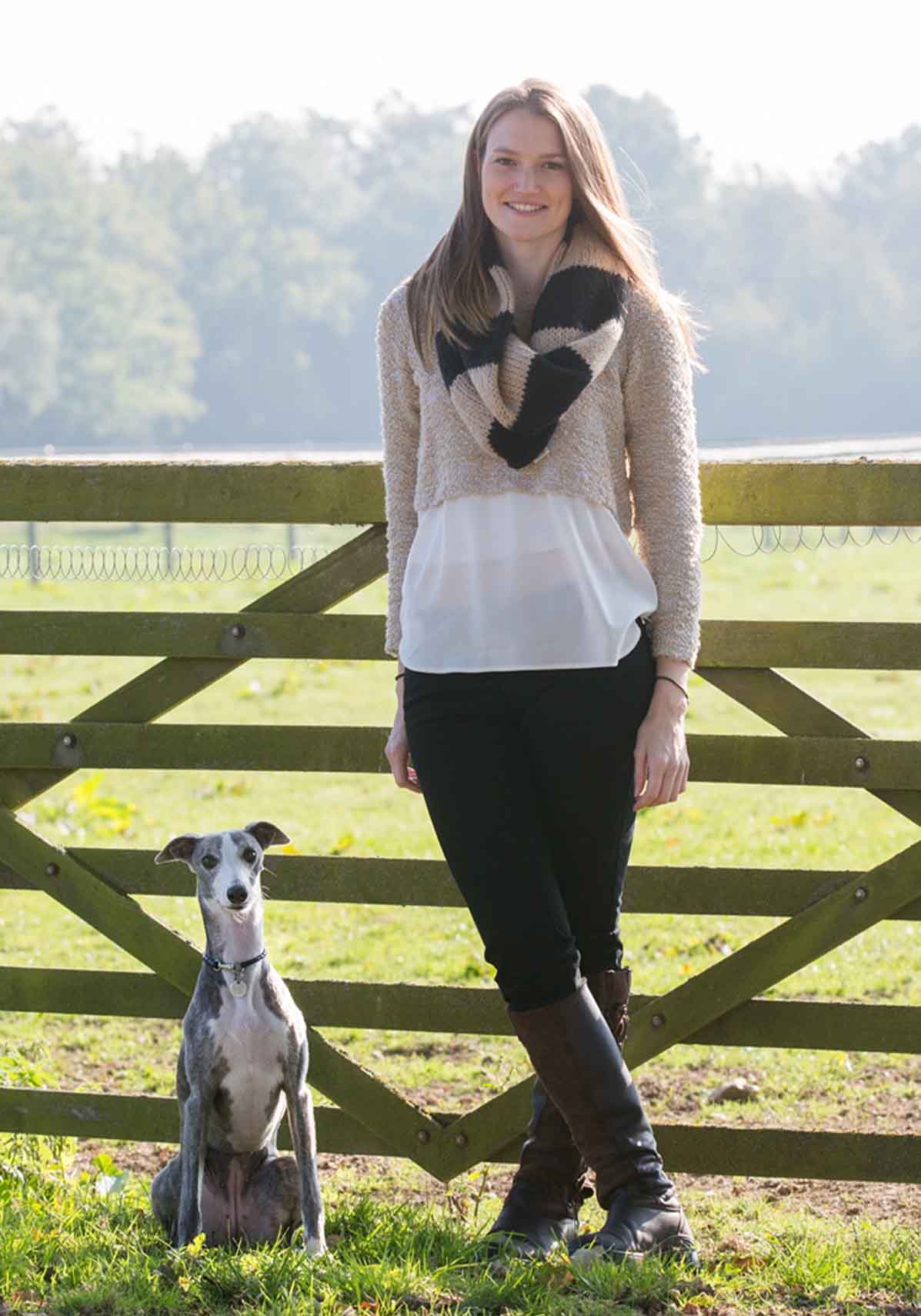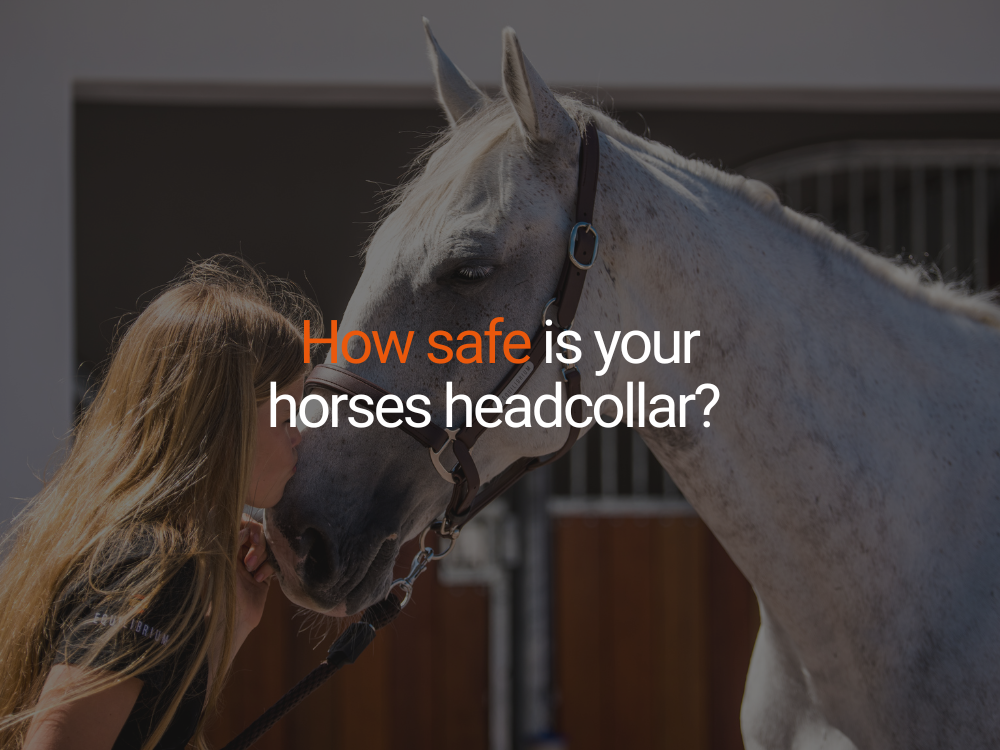
In a survey of 5615 respondents*, 75% of head collar injuries occurred when tied up, and injuries ranged from cuts, all the way to fractures.

Spezielle Bestellanweisungen
Pferdebekleidung
Pferdebekleidung
Therapie
Pferdestiefel
Sonne & Flug
Halfter & Führstricke
Teppiche
Reitzubehör
Ernährung
Ernährung
Futter- und Heublöcke
Leckereien
Haynets
Bucket Covers
Shop by Pet
Reichweite
Additional B2B Information
Additional B2B Information
Disziplin
Bildungszone
It is inevitable that most horses will be tied up from time to time, whether on the yard, in their stable, or in a lorry or trailer. Some horses will be more comfortable with this than others. I’m sure we can all think of a time where our horse has pulled back to the point where a head collar, or a lead rope has released and they have broken free. It is also likely most of us can think of a time where a horse has pulled back and they haven’t broken free but have panicked and put a considerable amount of force against their poll, their neck and their back.
As a physiotherapist, I am often called to horses that have suddenly become head shy, difficult to tack up and groom and have also become more resistant to the contact in ridden work. The onset of a majority of these cases can be traced back to an incident where the horse has pulled back whilst being tied up.
These horses often present with reduced range of motion in the poll and tension in the muscles around this area. The structures commonly affected are the splenius muscle, occipitohyoid muscle, the nuchal ligament and the atlanto-occipital joint. In more severe cases, muscle strains can be seen along the length of the neck and into the back. The hind quarters may present strains too, especially if the horse didn’t manage to break free and they may have slipped with their hind legs.

In a worst case scenario, pulling back in a head collar that doesn’t break can lead to poll fracture which can be career changing for a horse. Obviously this is something that we all want to avoid and so this is definitely a situation where prevention is better than cure.
This is why I would always recommend using a head collar or lead rope that will break away and release before causing extensive damage to your horse.
*Survey of 5615 respondents, Dr David Marlin, October 2019.

Vicky studied Equine Sports Science at the University of Lincoln and went on to complete a 2 year Post-Graduate course, CEPT, to become a Veterinary Physiotherapist. With many years experience treating both equine and canine clients, Vicky has a particular interest in equine performance therapy.

Wie sicher ist das Halfter Ihres Pferdes?
Halfter gehören zu den am häufigsten verwendeten Ausrüstungsgegenständen für Pferde. Tatsächlich verwenden 88 % der Besitzer täglich ein Halfter*. Als Reiter haben wir Sicherheitsausrüstung, um uns zu schützen, wie Stiefel, Hüte und Körperschutz. Dies dient natürlich dazu, Verletzungen oder schwere Verletzungen im Falle eines Unfalls zu verhindern. Aber müssen unsere Halfter auch sicher sein? Wir haben unser Stellar-Halfter nach der Untersuchung von Halfterunfällen entwickelt. Lesen Sie weiter, um herauszufinden, was wir herausgefunden haben.
Melden Sie sich für unsere Mailingliste an, um Updates zu unseren Produkten, Verkäufen und exklusiven Prämien zu erhalten
Verbinde dich mit uns
© 2026,
Equilibrium.Copyright © 2024 Equilibrium Products Limited. Eingetragen in England und Wales Nr. 03762996.
Wir verwenden Cookies und ähnliche Technologien, um die bestmögliche Erfahrung auf unserer Website zu bieten.
